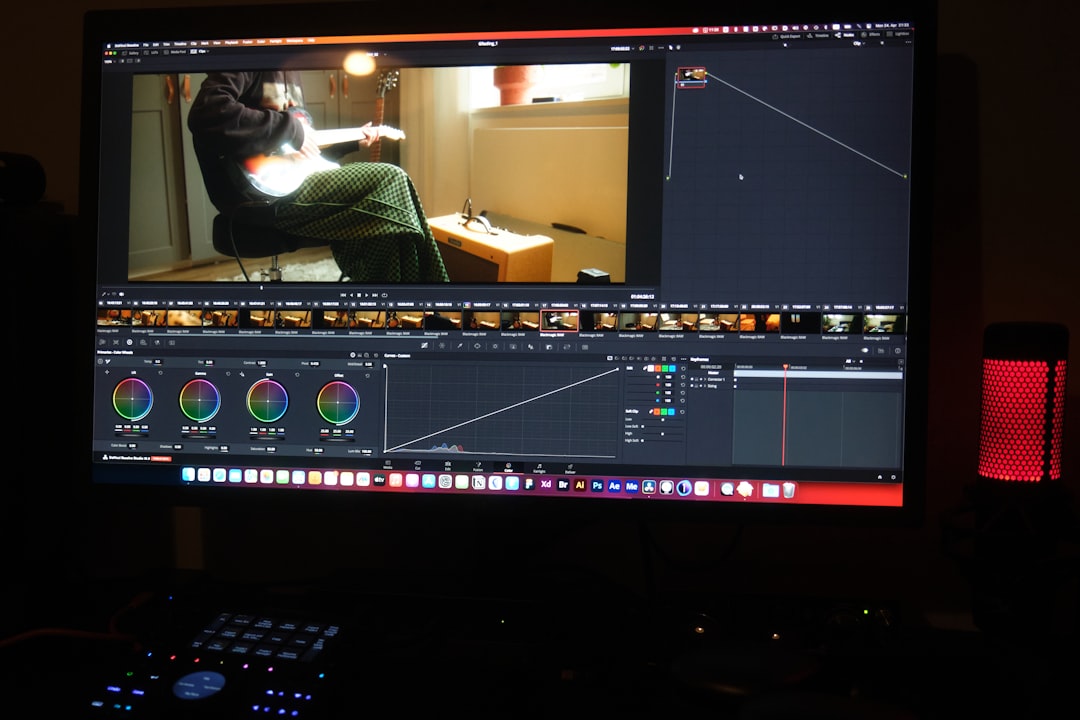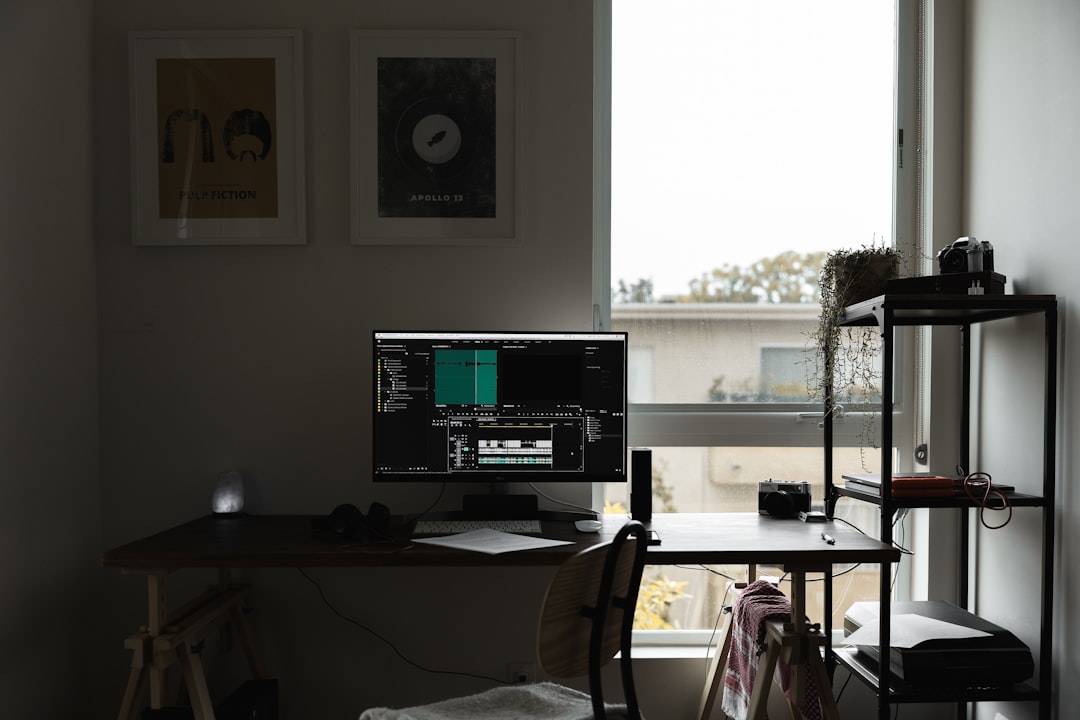Video editing has become increasingly accessible thanks to the rise of user-friendly, consumer-level applications. However, for filmmakers, content creators, and video professionals, the choice between consumer and professional-level software can drastically influence production quality and workflow. Whether you’re splicing together a birthday montage or editing a cinematic short film, the software you use can determine your final product’s polish and potential.

The Key Differences
While both professional and consumer-level video editing apps offer tools for cutting, transitions, and adding audio, they diverge significantly in terms of depth, flexibility, and scalability. Here are the primary factors that set them apart:
1. Feature Set and Functionality
Professional video editing apps—such as Adobe Premiere Pro, Final Cut Pro, and DaVinci Resolve—come packed with advanced features:
- Multi-cam editing for syncing footage from multiple cameras
- Color grading with precision controls and scopes
- Audio mastering tools with key frame adjustments
- Support for various codecs and high-resolution formats
In contrast, consumer-level software like iMovie, Adobe Premiere Elements, and Movavi typically offer a more simplified, template-based editing experience. They’re built for speed and ease-of-use rather than flexibility or deep functionality.
2. Learning Curve
Consumer apps are designed to be intuitive. Most users can start editing with little to no prior experience. Interfaces are streamlined with drag-and-drop features and guided steps. This ease of use often comes at the expense of creative control.
Professional applications require time and training to master. They have steeper learning curves due to more complex interfaces and a wider array of tools. But with that complexity comes empowerment—users can manipulate every frame, audio beat, and color tone if they know how to access the tools effectively.
3. Performance and Rendering
Professional software is generally optimized for high-performance workflows. They utilize GPU acceleration, background rendering, proxy editing for 4K+ footage, and other techniques to handle large and complex projects efficiently.
Consumer apps may lag when handling large files or complex timelines, and rendering times are typically longer. They’re intended for simpler projects like family videos, YouTube blogs, and small-scale social media content.

4. Platform Integration and Plugins
Another distinguishing factor is how each type of software integrates with other tools and services. For example, Adobe Premiere Pro works seamlessly with Adobe After Effects, Photoshop, and Audition—all of which are essential tools in a professional video editing pipeline. DaVinci Resolve, on the other hand, combines editing, color grading, visual effects, and audio post-production into a single environment.
Consumer software usually offers limited plugin support and lacks extensive integration capabilities. The focus is on keeping everything inside one simple editor without the need to sync with other platforms or tools.
When to Use Each
Go with consumer-level apps if you’re a beginner or casual user who wants to create lightweight, visually pleasing videos with minimal hassle. These programs are great for:
- Social media content
- Family or travel videos
- School and hobby projects
Choose professional applications if your needs are more demanding, such as:
- Commercial video production
- Short films and documentaries
- Broadcast or cinematic projects
- Content that requires high-level color grading and audio engineering
Price Considerations
Price is often a driving factor in the decision-making process. Consumer-level apps are generally more affordable, often with one-time purchase options or freemium models. Professional software, on the other hand, involves ongoing subscription plans or higher upfront costs. Adobe Premiere Pro, for instance, is part of Adobe’s Creative Cloud subscription, while Final Cut Pro comes with a one-time purchase fee but runs only on macOS.
Conclusion
In essence, consumer-level apps prioritize ease and speed, offering a straightforward path to video creation. Professional software delivers depth and control, catering to those who demand high-quality output and have the skills—or willingness to learn—the software’s complexities.
Your choice between the two should depend on your project’s scope, your existing skillset, and how much control you demand over your final product. With evolving features on both fronts, the gap between consumer and professional apps is narrowing, but each still serves very different needs in the video production world.

